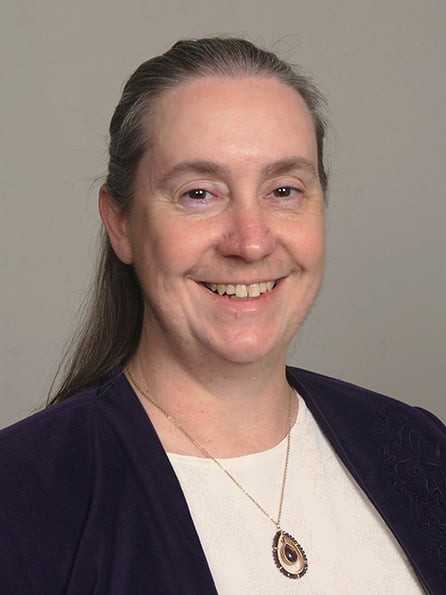There is a great scene in the first “Back to the Future” movie in which Michael J. Fox, as Marty McFly, takes over for an injured band member and introduces the tune “Johnny B Goode” to the audience, just a little before it is supposed to show up on the music scene. He tells the rest of the band “This is a blues riff in B, watch me for the changes and try to keep up.”
Sometimes that is how life feels; we’re watching for the changes and trying to keep up. In the movie, the band keeps up beautifully and the music is well received, until Marty gets a little too futuristic for them, and they drop out and leave Marty to go it alone. That also feels like life; sometimes the changes get ahead of us and we drop out, wondering what’s happening.
In the world of estate planning these scenarios are all too common. A person creates an estate plan by drawing up a will and maybe also a living trust, perhaps getting some life insurance, and checking their beneficiary designations. The plan fits their situation and family at that time of life, and promises to do all that they want in carrying out their goals. Then they put it all behind them and breathe a sigh of relief at having dealt with the need for some estate planning.
Unfortunately, that is where many people leave it. In my work in estate and trust taxation, I have seen a lot of very old wills and trust documents, with formulaic language that is now obsolete, assets no longer in existence, beneficiaries no longer living, and surviving spouse clauses for spouses that died many years before. At best, these documents are difficult to trudge through; at worst, they can lead to some serious issues for families to work out. Here we are in the future, and the music has changed.
When I look back on my own life in the last few years, I am amazed how much has changed. I have two grandchildren now, one daughter is getting a divorce, the other daughter is preparing to live permanently in another country, my husband had a life-changing accident and is getting ready to open a new business, we took a big plunge and bought our retirement home early, and somehow both of my parents snuck into their eighties without my noticing.
Some of these changes are self-created, the result of watching the changes and trying to keep up. We decided to get our retirement plans in place early because of the accident and learning that a disability can become the new reality almost in an instant. Making plans and dreaming were brought into the forefront of our thinking, so we worked on finding ways to bring our retirement dreams to fruition. The fact that we’d had a retirement goal in mind for years helped to make that possible.
I’m not sure what the new tune is, but I know it’s not the same tune that was playing when my will named a guardian for my children, and listed my parents as my successor executors after my husband. I’m in the middle of the estate plan changing process, and working through what the new realities are, so I don’t have my answers all in place yet. The goal is to have a plan that will do what I want it to do for my family as things are now. In a few years, the tune will change again, and I’ll need to try to keep up.
Take a little look back at your own life, and at your own estate plan, retirement plan, and your own hopes and dreams. It’s worth the effort to make the changes and keep up with the tune.
Have a question related to your retirement plan? Contact a specialist today.
Recent Articles from our Retirement Services Team
Roth Employer Contributions
Roth elective deferral contributions have been permitted in qualified retirement plans since 2006. Section 604 of SECURE 2.0 provided for an optional provision that allows employees to designate their employer contributions, whether it be matching nonelective, as Roth. This applies to 401(k) Plans and 403(b) Plan. This was effective December 29, 2022; however, several challenges delayed implementation of this provision.
2025 Limits for Retirement Plan Contributions
The IRS released Notice 2024-80 on November 1, 2024 announcing the new contribution and benefit limits for 2025.
SECURE 2.0 Act – Increased Involuntary Cash-Out Limit to $7,000
Learn about the SECURE 2.0 involuntary cash out limit increase. Effective for distributions after December 31, 2023, SECURE 2.0 allows the plan sponsor to increase the cash-out limit to $7,000 from the previous limit of $5,000.








